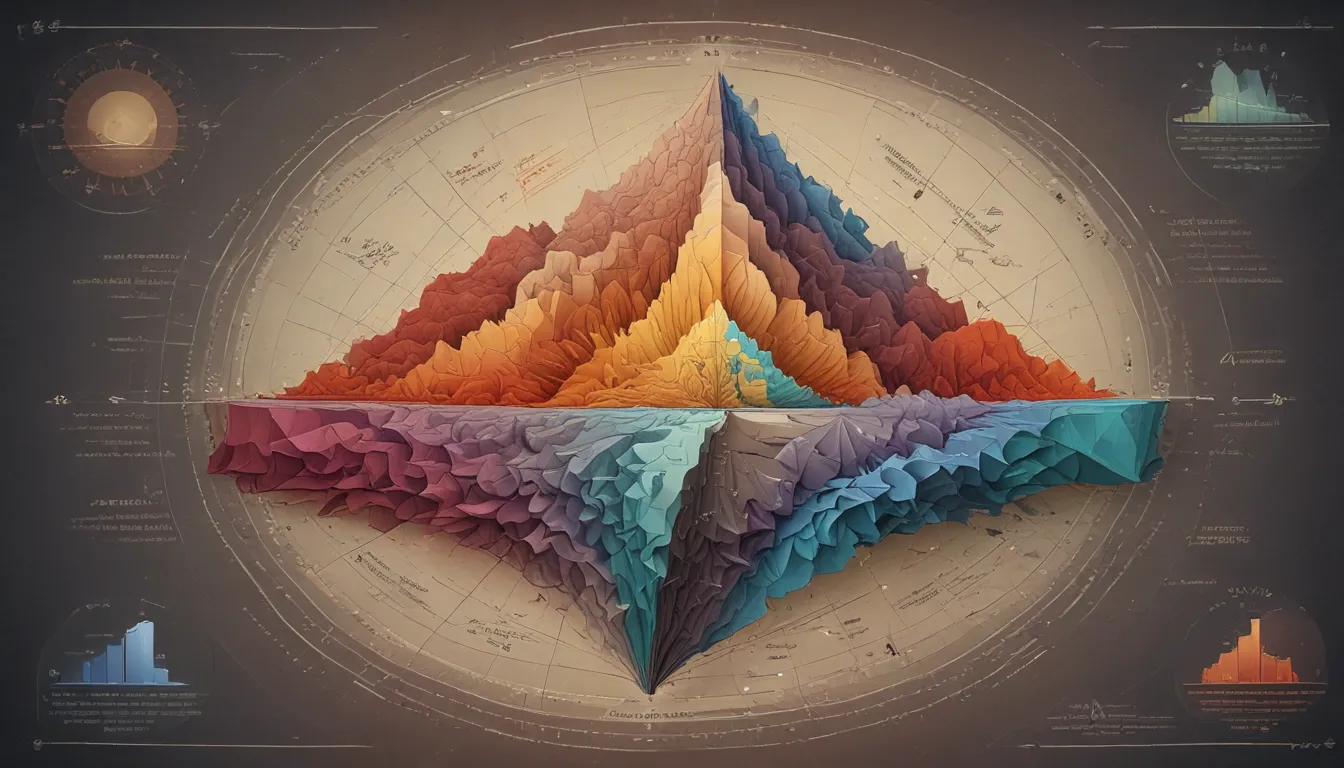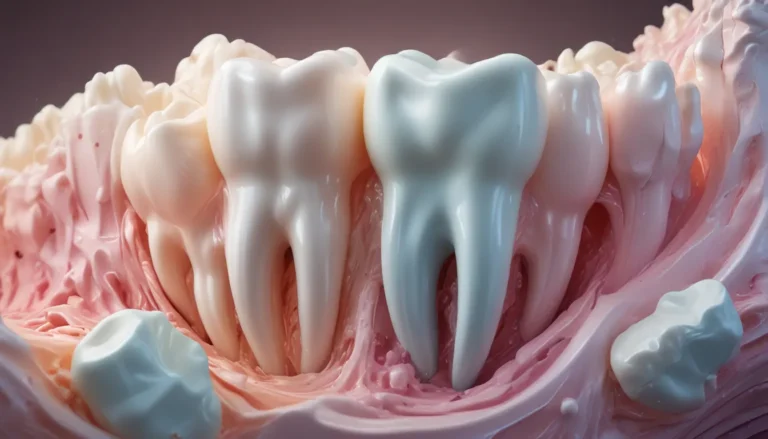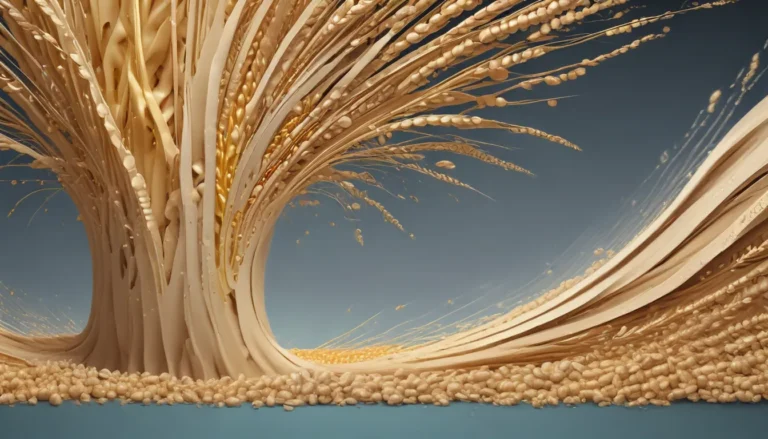A Note About Images: The images used in our articles are for illustration purposes only and may not exactly match the content. They are meant to engage readers, but the text should be relied upon for accurate information.
Phase diagrams are essential tools used by chemists and material scientists to understand the behavior of substances under different temperatures and pressures. These diagrams provide valuable insights into the various phases of matter, such as solids, liquids, and gases, and the transitions between them. While phase diagrams may seem complex, delving into their intricacies can uncover a wealth of fascinating information. In this article, we will explore 18 captivating facts about phase diagrams that will broaden your understanding of the remarkable world of chemistry. From the concept of equilibrium to the critical point, these facts will highlight the significance and application of phase diagrams in the field of science. So, let’s dive in and unravel the secrets hidden within these graphical representations!
Key Takeaways:
- Phase diagrams visually show how substances change under different conditions.
- They are crucial tools in chemistry, providing insights into phase stability, behavior, and transformations.
Understanding Phase Diagrams:
Phase diagrams are graphical representations that illustrate how a substance behaves under varying conditions of temperature and pressure. These diagrams offer a visual way to comprehend the transitions between different phases of matter, such as solid, liquid, and gas.
The Phases Revealed:
The three main phases depicted in phase diagrams are solid, liquid, and gas. Each phase is represented by distinct regions on the diagram, along with the lines that separate them. By examining these regions, scientists can gain insight into the behavior of substances under specific conditions.
Unraveling Transition Points:
Phase diagrams help identify the phase transitions of a substance. Whether it is the shift from solid to liquid or liquid to gas, analyzing a phase diagram allows scientists to pinpoint the conditions under which these transformations occur.
Beyond The Basics:
Phase diagrams also include key information such as the critical point and triple point. The critical point denotes the temperature and pressure at which a substance can exist in both liquid and gas states. On the other hand, the triple point signifies the unique combination of temperature and pressure where all three phases coexist in equilibrium.
Diverse Applications:
Phase diagrams find widespread use in various fields such as chemistry, materials science, and engineering. These diagrams offer valuable insights for understanding processes involving phase transformations and designing materials with specific properties.
Predictive Powers:
One of the remarkable features of phase diagrams is their ability to predict phase behavior and changes. By studying the diagram of a substance, scientists can anticipate how it will respond under different temperature and pressure conditions.
Substance Specificity:
It’s important to note that phase diagrams can vary depending on the substance being studied. Variations in molecular structures and intermolecular forces lead to unique phase diagrams for different substances.
Stability Assessment:
Phase diagrams can help determine the stability of different phases under specific conditions. By examining the regions on a phase diagram, scientists can identify which phase is the most stable at a given temperature and pressure.
Shapes and Structures:
Phase diagrams can take on different shapes, such as triangular, rectangular, or complex forms. The shape of a phase diagram is influenced by the characteristics of the substance and the phase transitions it undergoes.
Boundary Insights:
Phase diagrams exhibit phase boundaries with slopes that indicate the rate of temperature change with respect to pressure. These boundaries provide crucial information about the conditions required for phase transitions to occur.
Metastable Marvels:
Metastable phases are states that exist outside the equilibrium conditions depicted on a phase diagram. These phases are kinetically trapped and offer insights into the dynamic behavior of substances.
Phase diagrams serve as indispensable tools for understanding substance behavior and transformations. They provide valuable insights into the interactions of different phases under changing conditions, enabling scientists and engineers to make informed predictions and design processes accordingly. Whether it’s analyzing stability, predicting transitions, or exploring critical points, phase diagrams are foundational in various scientific disciplines. So, the next time you encounter a phase diagram, remember these captivating facts and appreciate the wealth of information they offer.
Conclusion
In conclusion, phase diagrams are fascinating tools that enhance our understanding of substance behavior under different conditions. They provide valuable insights into phase transitions, stability, and critical points, shaping our knowledge of the complex world of chemistry. By exploring 18 intriguing facts about phase diagrams, we have delved into their graphical representation, boundary slopes, and the existence of metastable phases. These diagrams play a vital role in materials science, chemistry, and engineering, offering a roadmap to navigate the complexities of phase transformations. As we continue to unravel the mysteries of phase diagrams, we unlock new possibilities for technological advancements and scientific discoveries.
FAQs About Phase Diagrams:
-
What is a phase diagram?
A phase diagram is a graphical representation showing the relationships between temperature, pressure, and different phases of a substance. -
What are the main phases depicted in a phase diagram?
The primary phases shown in a phase diagram include solid, liquid, and gas, with some diagrams incorporating additional phases like plasma or supercritical fluid. -
How are phase diagrams applied in scientific fields?
Phase diagrams find diverse applications in materials science, chemistry, and engineering, aiding in predicting phase transformations, designing materials, and optimizing industrial processes. -
How are phase boundaries defined in a phase diagram?
A phase boundary represents the conditions where two phases coexist in equilibrium, indicating the temperature and pressure at which phase transitions occur. -
What is the significance of a triple point in a phase diagram?
The triple point signifies a specific combination of temperature and pressure where all three phases of a substance (solid, liquid, gas) coexist in equilibrium. -
Can phase diagrams predict phase transitions accurately?
Yes, by analyzing phase boundaries and their slopes, scientists can determine the conditions necessary for a substance to undergo a phase transition. -
Are phase diagrams applicable to mixtures of substances?
Phase diagrams can also be applied to mixtures, representing relationships between temperature, pressure, and composition in such cases. -
Are phase diagrams dynamic or static representations?
Phase diagrams are static models illustrating substance behavior under specific conditions, though they offer insights into the dynamic processes involved in phase transitions. -
How do phase diagrams contribute to developing new materials?
Phase diagrams play a pivotal role in material science by enabling scientists to design and develop materials with desired properties based on phase behavior. -
Can phase diagrams determine the conditions for a substance to exist in a specific phase?
By analyzing a phase diagram, one can ascertain the temperature and pressure conditions required for a substance to maintain a particular phase. -
How can phase diagrams be used to uncover substance behaviors?
Phase diagrams offer valuable information on substance behavior under varying conditions, guiding scientific advancements and technological innovations.
There is a world of knowledge waiting to be discovered within the realms of phase diagrams. As we continue to explore the depths of these graphical representations, we unveil essential insights into substance behavior and phase transitions. From predicting phase changes to understanding phase stability, phase diagrams serve as invaluable tools in scientific exploration. Embrace the wonder of phase diagrams and embark on a journey of discovery through their intricate patterns and transformative powers.






